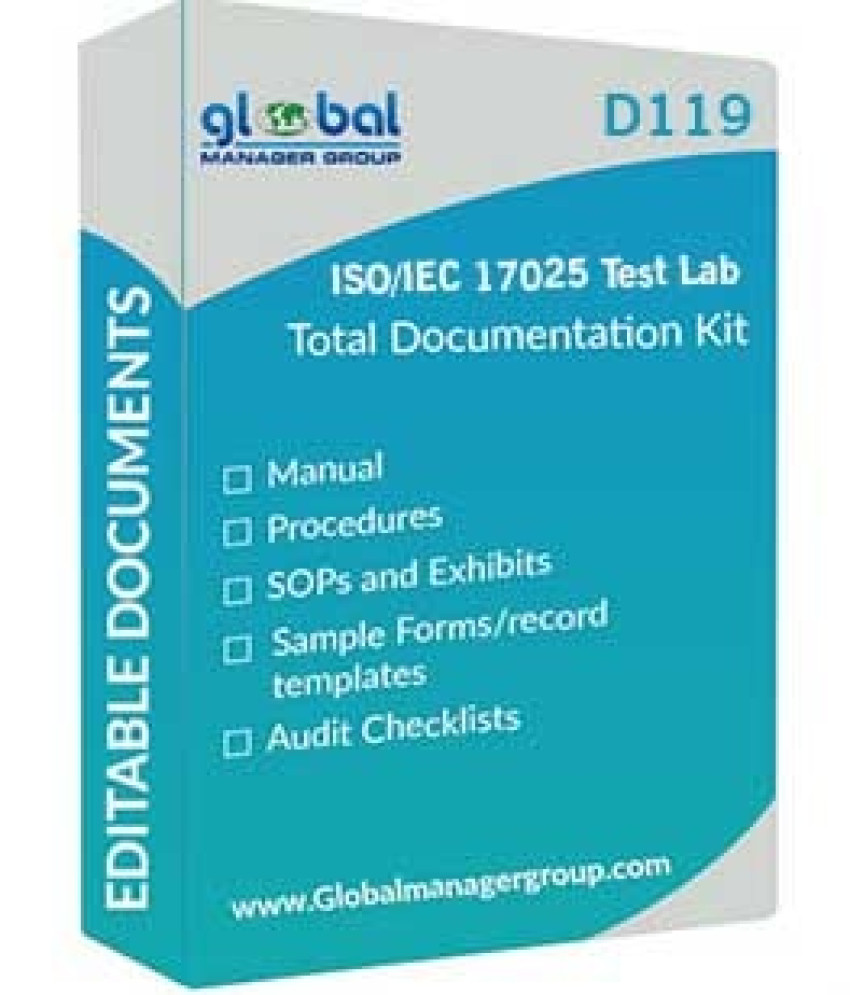
Laboratories play an essential position in ensuring the reliability and accuracy of testing and calibration results. Reaching and maintaining this high standard requires adherence to international quality management standards, and ISO 17025 stands out as a cornerstone for laboratory excellence. In this article, we're going to resolve the importance of ISO 17025 documents, offering insights into their role in constructing a robust foundation for laboratory quality.
Understanding ISO/IEC 17025: A Blueprint for Laboratory Competence
ISO 17025 is the international standard for testing and calibration laboratories, outlining the overall requirements for their competence. The standard is designed to ensure that laboratories produce correct and dependable effects with the aid of organizing a systematic technique to exceptional management. ISO 17025 covers a huge variety of variables, including employee competency, equipment calibration, testing methodologies, and the overall management system.
The Core Components of ISO 17025 Documents
ISO 17025 documents are instrumental in translating the principles of the standard into actionable techniques within a laboratory. Among those documents, the ISO 17025 manual holds a primary function. This manual serves as the directing document that characterizes the laboratory's quality management system, giving a guide for accomplishing and keeping up competence.
The manual typically includes an advent to the laboratory, its organizational structure, the scope of accreditation, and the rules and processes in place to meet ISO 17025 requirement. It serves as a total reference archive for laboratory faculty and exterior partners, sketching out the laboratory's dedication to quality.
Building the ISO 17025 Manual: Key Considerations
Developing an effective ISO 17025 manual includes a careful examination of the laboratory's process and practices. It requires a clear enunciation of the laboratory's great scope, destinations, and commitment to compliance with the standard. The manual must also element the laboratory's organizational structure, roles and responsibilities, and the processes for tracking and constantly improving processes.
An important element of ISO 17025 documentation is the inclusion of specific technical necessities related to checking out and calibration techniques. This ensures that the laboratory has a documented and standardized approach to its center exercises, advancing consistency and repeatability in results
Navigating ISO 17025 Documents for Compliance
Compliance with ISO/IEC 17025:2017 requires not only the creation of effective documentation but also a commitment to its ongoing maintenance and improvement. Laboratories must regularly review and update their ISO 17025 documents to reflect changes in processes, equipment, personnel, and any other factors that may impact the quality management system.
Moreover, laboratories are subject to audits to assess their compliance with ISO 17025 requirements. A well-prepared and meticulously maintained ISO 17025 manual serves as a precious device all through those audits, demonstrating the laboratory's willpower to great and its capacity to meet international standards.
Conclusion: The Power of ISO 17025 Documents in Elevating Laboratory Quality
In the end, ISO 17025 documents, mainly the ISO 17025 manual, are not mere paperwork; they form the backbone of a laboratory's commitment to quality and competence. By constructing a basis rooted in standardized process, clean guidelines, and ongoing development, laboratories can navigate the complexities of trying out and calibration with precision and self-assurance. ISO 17025, whilst embraced and carried out via powerful documentation, becomes an effective tool for laboratories intending to uphold the highest requirements of satisfaction of their operations.


